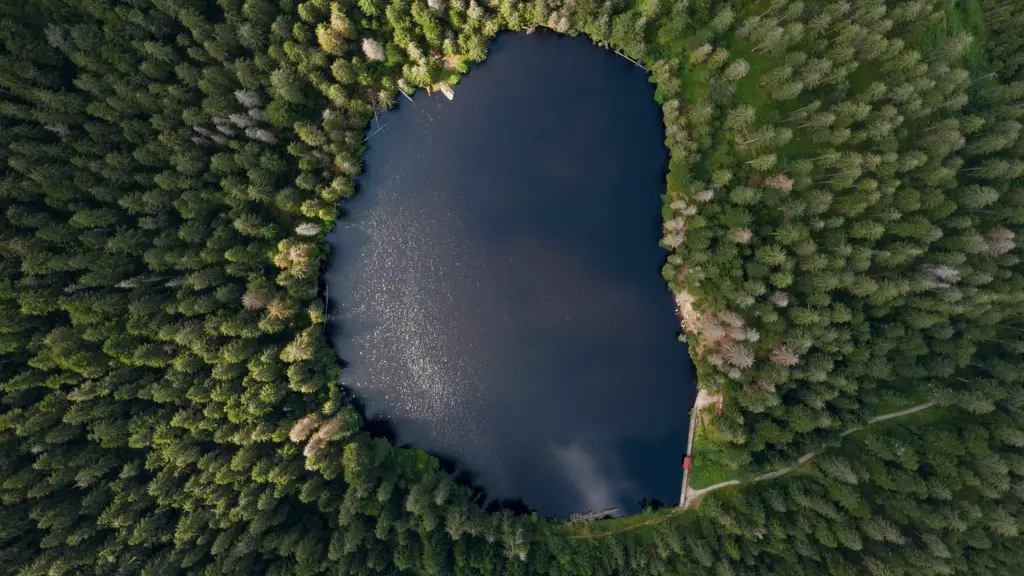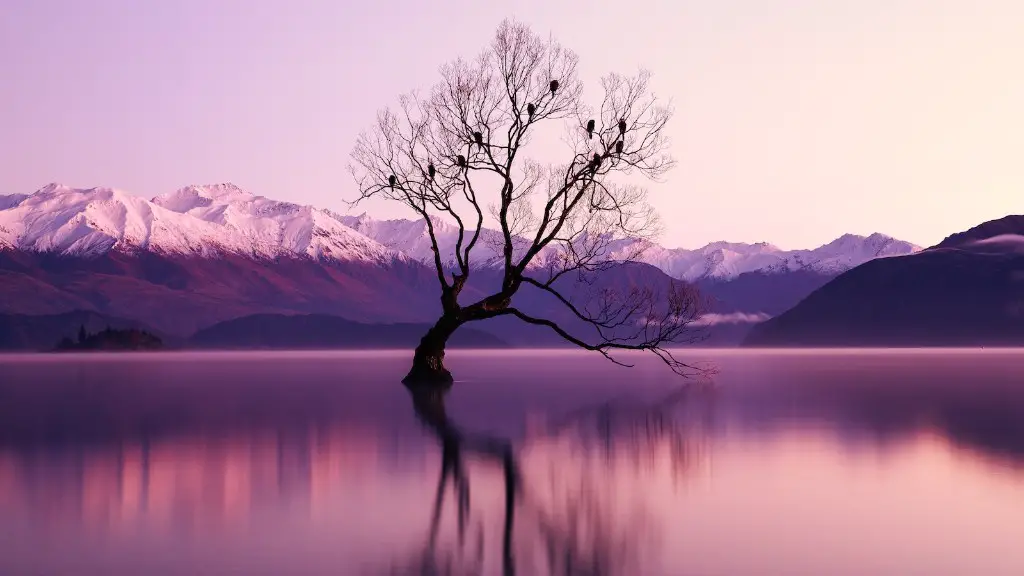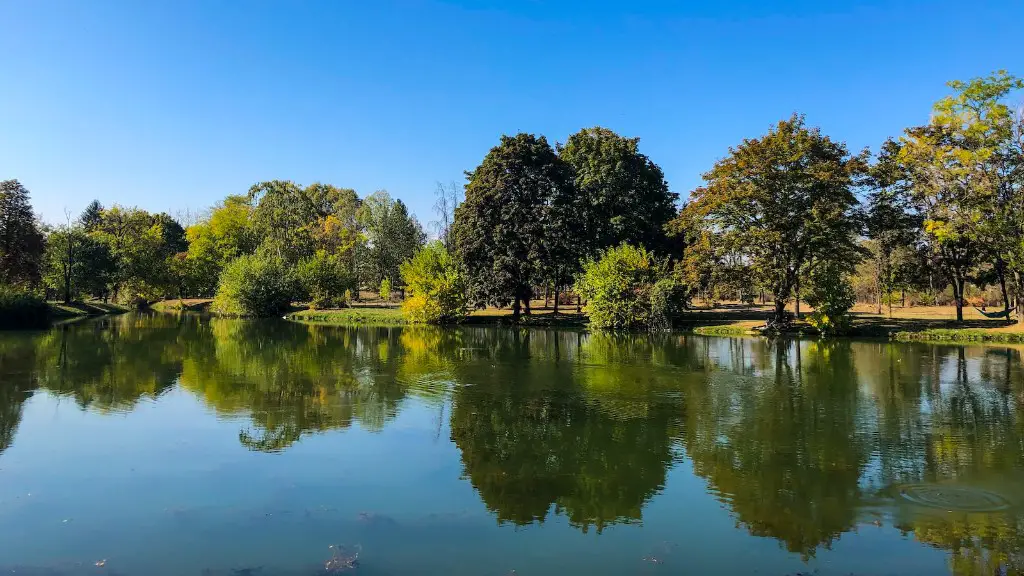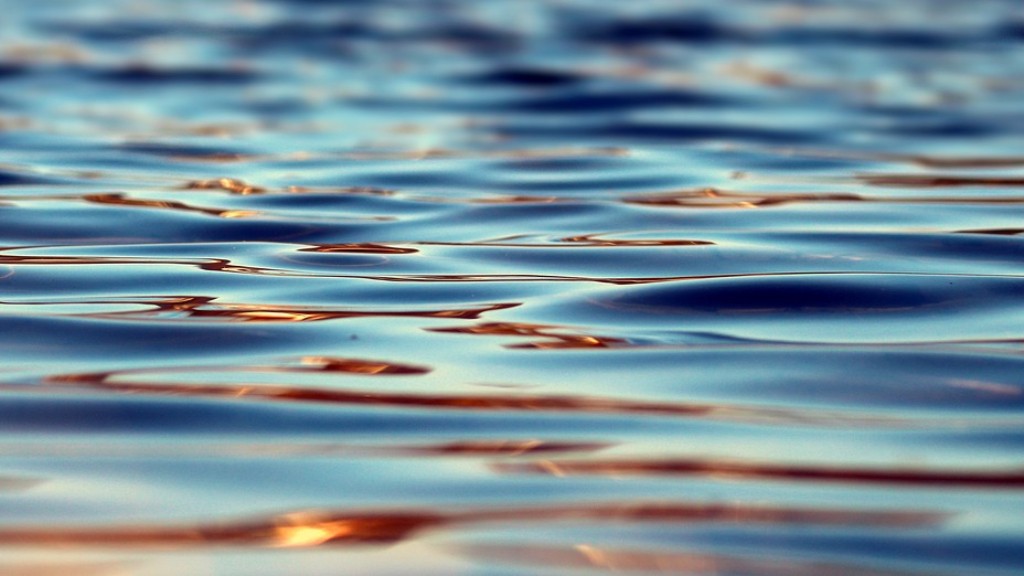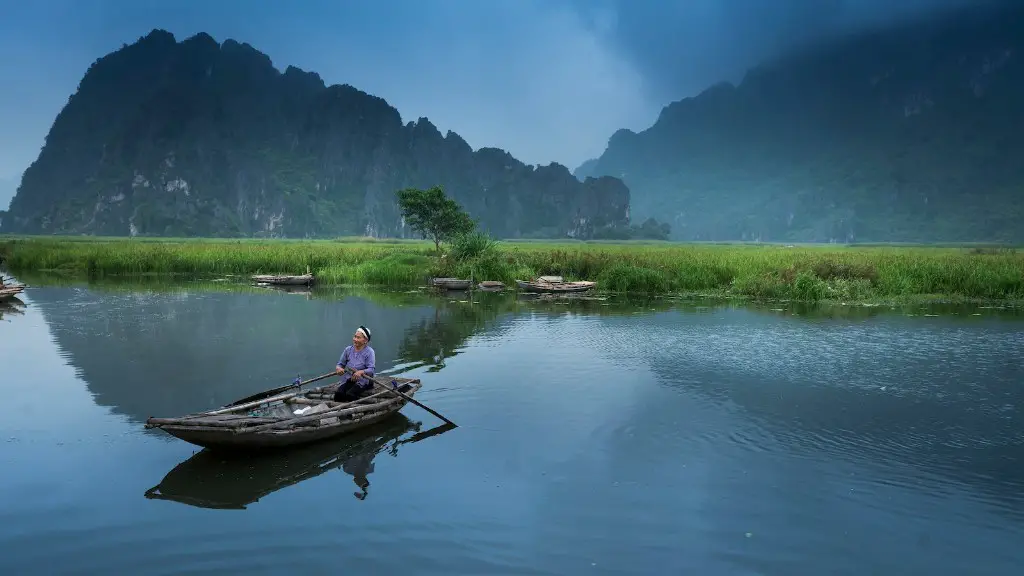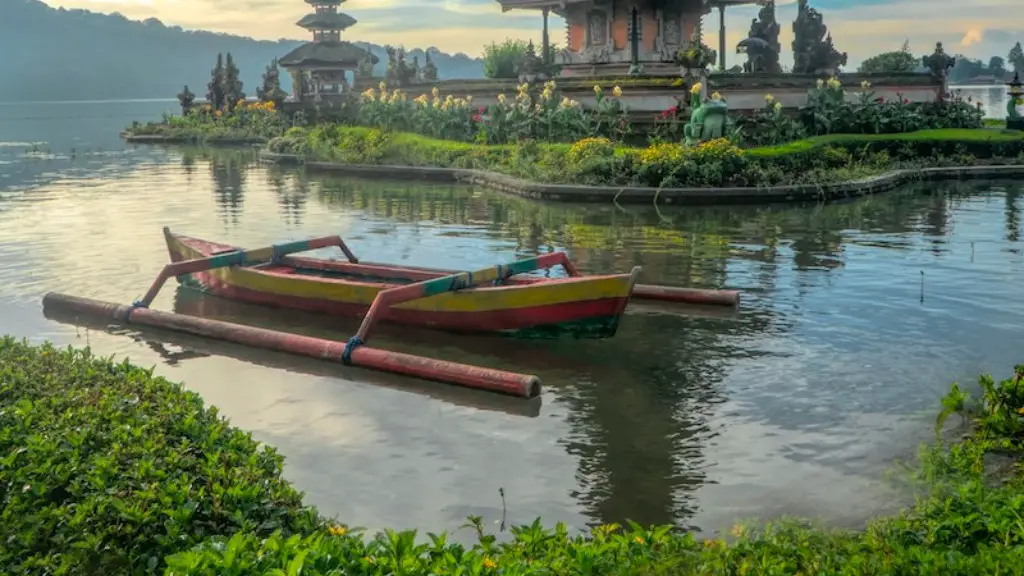Lake Baikal is an ancient lake located in Siberia, along the border of Russia and Mongolia. It is one of the oldest, clearest, and deepest lakes in the world, often called the ‘Pearl of Siberia.’ With a maximum depth of 1,642 meters (5,387 feet), Lake Baikal holds about 20 percent of the world’s unfrozen fresh water, making it the largest and deepest freshwater lake on the planet.
The lake contains a unique array of species, including the Baikal seal, which is the oldest freshwater seal species in the world. According to scientists, Baikal is home to more than 1,500 species of plants and animals, two-thirds of which are found only in the Siberian lake.
Its enormous size makes it difficult to measure accurately. The World Wildlife Fund (WWF) ranks Lake Baikal as the second largest lake in the world. It is about 636 kilometers long and 79.4 kilometers across at its widest point. It has a surface area of 31,722 square kilometers, making it more than seven times the size of Lake Tahoe.
Lake Baikal is the deepest lake in the world and the seventh largest lake by volume. At 1,642 meters deep, it is deeper than five of the world’s largest peaks (Kilimanjaro, Mt. McKinley, Mt. Elbrus, Great Trango and Mt. Logan). The depth of the lake makes it a unique geological features as it has many fresh water heavy metals and nutrient concentrations that are not observed in other deep sea regions.
It is estimated that the age of the lake is 25 million years old, making it one of the oldest lakes on Earth. According to researchers, the lake is continually growing deeper as sediment accumulates from rivers that feed the lake. According to the U.S. Geological Survey, the bottom of the lake is rising at a rate of 0.06 millimeters per year and the water surface is falling at an annual rate of 0.13 millimeters.
Since the 1970s, Lake Baikal has been experiencing rapid environmental change due to human activities, such as overfishing, pollution and eutrophication. According to researchers, the lake’s unique ecosystem is under threat and could be irreversibly damaged if the human-induced pressures are not managed properly.
The governments of both Russia and Mongolia have undertaken measures to protect the lake’s unique flora and fauna. The UNESCO World Heritage Site has also been involved in the conservation of the lake. Efforts have been put in place to protect the lake’s rare species and to reduce some of the human activities that threaten it.
Climate Changes at Lake Baikal
Lake Baikal is located in a region with a continental climate, with cold, snowy winters and warm, humid summers. The lake’s ecological system is adapted to this, making it susceptible to changes in the climate. Studies have found that average temperatures in the lake during winter have increased by 1.3 degrees Celcius over the past 50 years.
The increase in temperature has led to a decrease in the amount of ice cover each year. In 1904, the lake was completely frozen over, but by the 1990s, the amount of winter ice had declined to around 5,000 square kilometres. This alarming decrease in ice cover has resulted in an increase in water temperature, which is leading to an increase in aquatic species diversity.
Climate change is also affecting the amount of precipitation in the region. Rising temperatures due to global warming can lead to an increase in evaporation, which means the lake may lose more water than it receives and could eventually become depleted. The knock-on effects for the lake’s aquatic species are still unknown and could be catastrophic.
Researchers are now calling for increased monitoring and assessment of the lake’s environment to ensure it is not damaged further by climate change or other human activities.
Pollution of Lake Baikal
Industrial pollution has been a major threat to the health of Lake Baikal since the end of the Cold War. Historically, the lake was used as a dumping ground for industrial and agricultural waste, as well as an avenue for shipping. All of these activities have had an adverse impact on the lake’s ecosystem.
Pollution from industries such as lumbering, agriculture, and shipping has caused the lake’s oxygen levels to plummet, leading to declines in fish populations. The lake’s water quality has also been affected due to nutrient runoff from over-production of fertilizer and livestock, as well as the introduction of new species into the lake.
The government of Russia has attempted to reduce the level of industrial pollution in the lake by implementing a series of water pollution laws. The government has also created a program to restore areas affected by industrial pollution, as well as fund research projects to monitor the lake’s health.
Despite these efforts, pollution remains a major issue for the lake. Scientists are concerned about the long-term effects of pollution on the lake’s ecosystem, as well as its delicate balance of species.
Threats to the Lake Baikal Ecosystem
The unique ecosystem of Lake Baikal is currently under threat from a variety of factors, including climate change, pollution, overfishing and invasive species. Scientists have warned that if these threats to the lake’s environment are not addressed, it could lead to a collapse of the entire ecosystem.
Invasive species, such as the smelt, are having a major effect on the lake’s balance of species. The smelt is a freshwater species originally from the Sea of Japan, which was introduced to the lake in the early 1900s. The smelt has since become an invasive species, as it is able to out-compete other species for food and resources.
Overfishing is another major problem for the lake’s ecosystem. In the last two decades, fish populations have declined drastically due to unsustainable fishing practices. This has led to the collapse of many of the lake’s fish stocks, with some species becoming critically endangered.
The Russian government has enacted several laws to limit fishing and introduced a series of environmental protection laws to reduce industrial pollution. However, more needs to be done to ensure the lake’s unique biodiversity is protected.
Conservation of Lake Baikal
The governments of Russia and Mongolia are working together on conservation efforts to protect the lake’s unique biodiversity. This includes efforts to promote sustainable fishing and reduce industrial and agricultural pollution.
The Russian government has declared the lake a UNESCO World Heritage site and has put in place a number of measures to protect the lake’s delicate ecosystem, including limits on fishing and increased monitoring of pollution levels.
The government has also introduced several environmental education initiatives, such as the Lake Baikal Fund, which is working to restore areas affected by pollution and promote public awareness of the lake’s environmental issues.
The IUCN has also been working with the WWF to create a Lake Baikal Management Plan, which outlines steps for protecting the lake’s species and habitat. The plan has been designed to reduce environmental threats and promote the sustainable management of the lake.
Environmental Benefits of Lake Baikal
Lake Baikal is an important component of the global environment. It is a vital source of drinking water, providing essential services like water regulation, nutrient cycling, and sediment storage.
The lake is also home to many species, some of which are endemic and found nowhere else. It is estimated that the lake is home to more than 1,500 species of plants and animals, two-thirds of which are found only in Lake Baikal.
The lake is also an important carbon sink, and studies have found that the lake’s sediment could play a role in reducing atmospheric CO2 levels. This could help to mitigate climate change, as the lake is able to absorb and store large amounts of carbon.
Lake Baikal is also an important cultural heritage. The lake is sacred to many of the indigenous communities who have lived alongside it for generations. They have a spiritual connection to the lake and rely on it for their everyday livelihood.
The Future of Lake Baikal
Lake Baikal is under increasing pressure from human activities and climate change. More needs to be done to ensure that the lake’s unique ecosystem is protected and preserved for future generations.
The governments of Russia and Mongolia have taken steps to reduce human impacts on the lake, but the problem is not solved yet. In order for the lake to remain healthy, it is essential that conservation efforts are maintained and strengthened.
Researchers are calling for increased monitoring of the lake’s environment, as well as more public education initiatives. It is only through collective effort that the lake’s environment can be protected and its biodiversity preserved.
